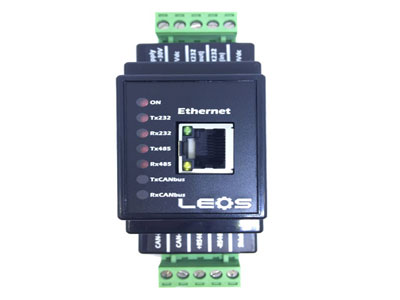Key Takeaway
Modbus TCP is a communication protocol that uses Ethernet to connect industrial devices. It is an extension of the Modbus protocol, adapted to work over TCP/IP networks. Modbus TCP enables devices like PLCs, sensors, and actuators to exchange data efficiently in automation systems.
It is simple, open, and widely used due to its compatibility with various devices and easy implementation. Modbus TCP ensures reliable data transfer over Ethernet, making it ideal for real-time monitoring and control. It is commonly found in industries like manufacturing, energy, and building automation.
Introduction to Modbus Protocol
The Modbus protocol, developed in 1979 by Modicon (now Schneider Electric), is one of the oldest and most reliable communication protocols used in industrial automation. Its primary purpose is to enable communication between a master device, like a PLC (Programmable Logic Controller), and multiple slave devices, such as sensors or actuators.
The original Modbus protocol operated over serial communication using RS-232 or RS-485. It is simple, robust, and easy to implement, which contributed to its widespread adoption. However, as industrial networks evolved, there was a need for faster, more scalable solutions, leading to the development of Modbus TCP, a version designed specifically for Ethernet networks.

How Modbus TCP IntegratesWith Ethernet Networks
Modbus TCP leverages the speed and scalability of Ethernet to enhance industrial communication. It operates at the application layer of the TCP/IP model, using Ethernet’s infrastructure to transmit Modbus data.
The integration of Modbus with Ethernet means that devices can communicate over a standard network, eliminating the need for proprietary cabling. Modbus TCP packets are encapsulated in TCP frames, allowing them to travel seamlessly across the network.
This compatibility with Ethernet simplifies network design, enabling devices to connect using standard switches and routers. Additionally, Modbus TCP supports multi-master configurations, allowing multiple controllers to communicate with devices simultaneously, increasing flexibility in complex industrial setups.
Key Benefits of Using Modbus TCP in Industrial Automation
Key Benefits of Using Modbus TCP in Industrial Automation
Comparison Between Modbus TCP and Other Ethernet Protocols
While Modbus TCP is widely used, it’s essential to compare it with other Ethernet-based protocols like PROFINET and EtherNet/IP to understand its strengths and limitations.
Real-Time Performance: Modbus TCP is suitable for most industrial applications but lacks the advanced real-time capabilities of protocols like PROFINET IRT (Isochronous Real-Time).
Ease of Use: Modbus TCP’s simplicity makes it easier to implement compared to more complex protocols like EtherNet/IP.
Scalability: While Modbus TCP scales well for moderate-sized networks, PROFINET and EtherNet/IP may offer better performance in large-scale operations.
For industries prioritizing simplicity and cost-effectiveness, Modbus TCP remains a top choice. However, for highly time-sensitive applications, alternative protocols might be more suitable.
Modbus TCP for Industrial Control and Monitoring
Modbus TCP is extensively used for industrial control and monitoring applications. It allows PLCs, SCADA systems, and HMIs to exchange data seamlessly with field devices like sensors and actuators.
One common use case is in process control, where Modbus TCP enables precise communication between devices in systems like chemical manufacturing or water treatment plants. By providing reliable data exchange, it ensures that critical parameters such as temperature, pressure, and flow rates are monitored and controlled efficiently.
Another application is in remote monitoring. Modbus TCP’s Ethernet compatibility allows data to be accessed remotely, enabling real-time monitoring of industrial equipment from anywhere. This feature is particularly valuable for predictive maintenance and minimizing downtime.
Conclusion
Modbus TCP bridges the gap between traditional Modbus protocols and modern Ethernet technology, offering speed, scalability, and ease of integration. Its versatility makes it a cornerstone in industrial automation, supporting both control and monitoring applications.
While alternative protocols like PROFINET or EtherNet/IP may excel in specific areas, Modbus TCP’s simplicity and wide adoption make it an essential tool for industries worldwide. By leveraging Modbus TCP, organizations can build efficient, reliable, and future-proof networks to meet the demands of modern automation systems.
